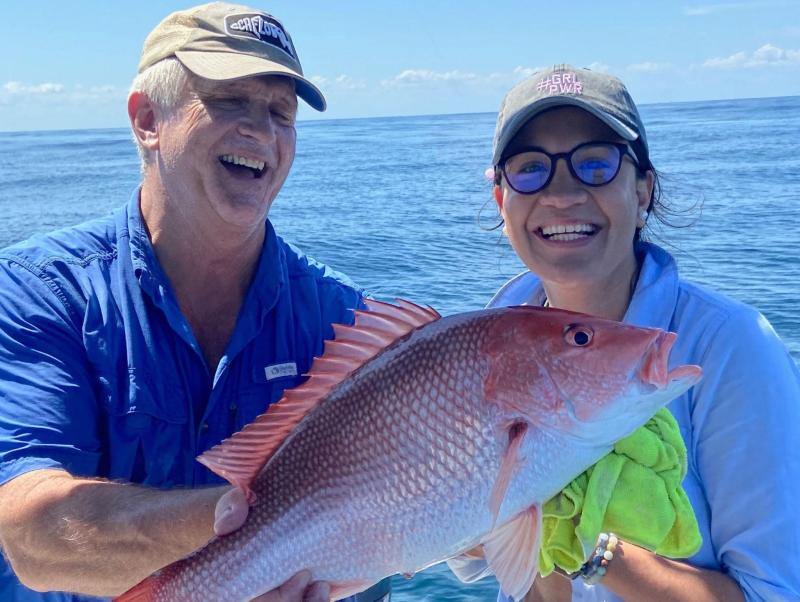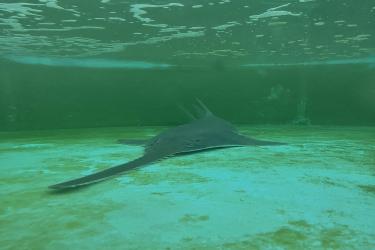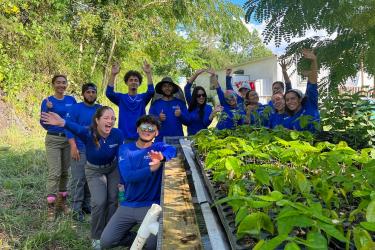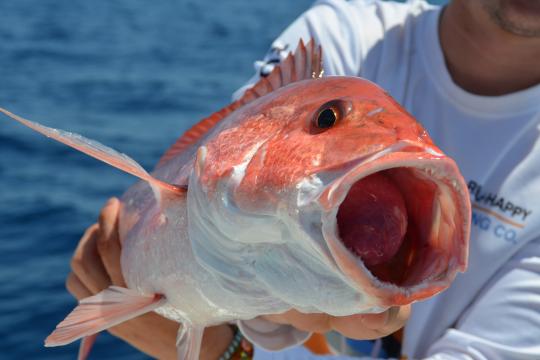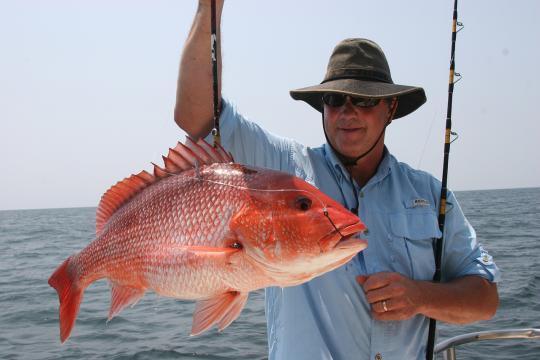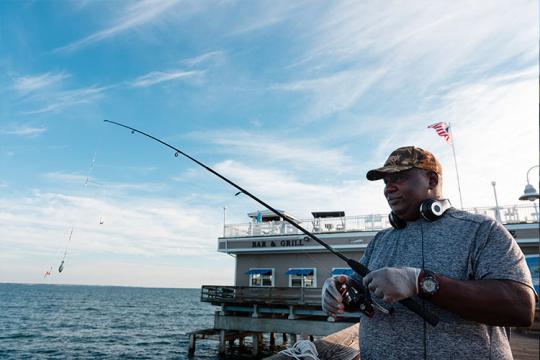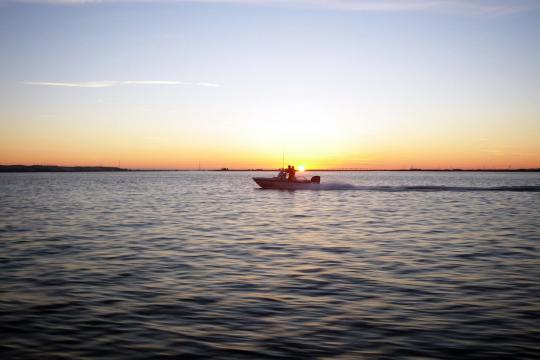A collaborative team of state, regional, and federal partners have developed a multi-year transition plan to support the use of Gulf state recreational fishing data in the federal stock assessment and management process. It was developed in accordance with NOAA Fisheries policies and procedures. The transition plan is an essential step in ensuring all of the information Gulf recreational anglers submit is available to inform NOAA Fisheries’ work. This includes information submitted to:
- Alabama’s Snapper Check
- Florida’s State Reef Fish Survey
- Louisiana’s LA Creel
- Mississippi’s Tails n’ Scales
- Texas’ Coastal Creel Survey
“Ultimately, the plan will ensure scientists and managers follow a coordinated and consistent approach in the use of state fisheries statistics. It will provide NOAA Fisheries with a more complete picture of recreational fishing activity in the Gulf of Mexico,” said Evan Howell, Director of NOAA Fisheries Office of Science and Technology.
The Transition Plan for Gulf State Recreational Fishing Surveys includes two paths. It was developed by a Gulf of Mexico Subgroup of the MRIP Transition Team. The team includes representatives from NOAA Fisheries, the Gulf Fisheries Information Network, the Gulf of Mexico Fishery Management Council, the Gulf States Marine Fisheries Commission, and the five Gulf states.
“Progress is being made to fully utilize state surveys in the scientific process for managing our region’s marine fisheries through the collaborative efforts of our state and federal partners,” said Gregg Bray, Gulf Fisheries Information Network Program Coordinator. “The transition team is working as quickly as possible to develop and execute the transition plan, recognizing the desire and need to utilize the data being collected by state partners.”
Research Path
The data collection programs in the Gulf of Mexico use different statistical methods to meet different data needs. As a result, their data series differ from one another. The drivers of these differences are currently unknown. This transition plan includes a research path that will improve our shared understanding of the potential sources of error affecting all of the region’s recreational fishing surveys. Findings will inform survey improvements, increase the accuracy of state and federal recreational fisheries statistics, and minimize differences between these data series.
Transition Path
Because the data collection programs in the Gulf of Mexico use different survey designs, it’s not possible to directly compare their estimates of recreational catch. Nor can we use state data immediately “as-is” in the federal stock assessment and management process. Instead, we must use statistical methods such as calibration to ensure estimates are in the same scale, or integration to create a consistent, composite time series. In the near-term, this plan’s transition path will implement case-specific calibration approaches for incorporating state data into upcoming assessments for gag grouper, red snapper, and other Gulf of Mexico stocks. Over the long-term, it will lead to the use of a more sophisticated approach for calibrating different data series in the same scale or integrating them into one composite estimate. Calibration methods are expected to improve over time as we explore the drivers of differences between data collection programs and implement changes to all survey designs.
“There are no “quick fix” or “off-the-shelf” solutions for the challenge of incorporating data from six different survey designs into stock assessment and management,” said Dr. Richard Cody, chief of the NOAA Fisheries Office of Science and Technology’s Fisheries Statistics Division. “Researching potential sources of survey error, testing survey improvements, and exploring model-based methods of placing estimates in the same scale is a time- and resource-intensive process. Without the results of this research, it is not possible to make an informed decision regarding the long-term use of calibrated or composite estimates.”
The transition path will also develop a publicly accessible state survey database. It will store state survey data, statistical values, and information that explains how state surveys are designed and implemented, and how statistical analyses are performed.
Transition Goals
The full execution of the transition plan is expected to last through 2026. When fully executed, this plan will:
- Improve our shared understanding of the sources of error affecting all of the region’s recreational data collection programs
- Implement survey improvements to increase the accuracy of and minimize differences between these data collection programs
- Incorporate state data into the federal stock assessment and management process while maintaining a consistent, long-term time series of regional recreational fisheries statistics
- Develop a publicly accessible state survey database to store state survey metadata, microdata, and estimates
- Ensure Regional Offices, Science Centers, and Councils follow a consistent approach in the treatment and evaluation of all available data through their adherence to NOAA Fisheries’ regional framework for determinations of best scientific information available
- Comprehensively address congressional directives related to recreational data collection in the Gulf of Mexico
- Maintain clear and open lines of communication between partners and stakeholders regarding progress toward these goals
“On behalf of NOAA Fisheries I’d like to thank our state and regional partners for their invaluable contributions to this plan, we could not have completed it without their efforts,” said Dr. Cody. "We hope to continue building on this collaboration to carry out the needed survey research and facilitate the use of state data in the sustainable management of Gulf of Mexico fisheries."
Next Steps
Increased communications is an important part of this transition process. All participating agencies have committed to keeping stakeholders informed of progress toward transition milestones. When appropriate, status updates will also be provided at Gulf of Mexico Fishery Management Council meetings.
To learn more, read the Transition Plan for Gulf State Recreational Fishing Surveys.
